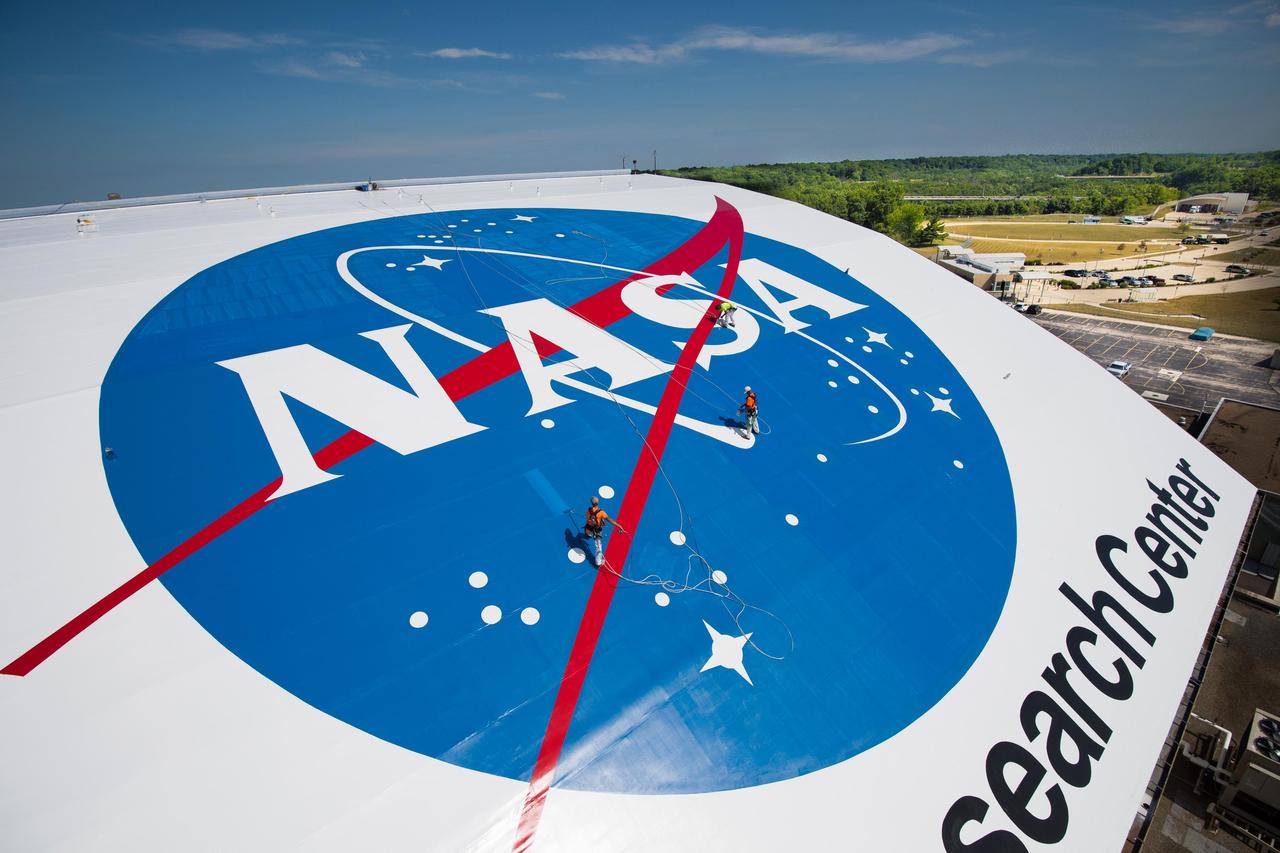NASA and the United Arab Emirates (UAE) have announced plans for the nation’s Mohammed bin Rashid Space Centre (MBRSC) to provide an airlock for Gateway, the first space station that will orbit the moon.
The airlock will allow crew and science research transfers to and from the habitable environment of Gateway’s pressurised crew modules to the vacuum of space.
NASA said the Gateway will support sustained exploration and research in deep space, provide a home for astronauts to live and work, including a staging point for lunar surface missions, and create an opportunity to conduct spacewalks while orbiting the moon.
MBRSC will also provide a UAE astronaut to fly to the lunar space station on a future Artemis mission and provide engineering support for the life of the space station.
The Gateway space station, which NASA has said will launch no earlier than September 2028, forms part of broader aims for the space agency to return humans to the lunar surface for scientific discovery and chart a path for the first human missions to Mars.
Described as the most diverse and broad coalition of nations in human exploration in deep space, the group also features participation by the Canadian Space Agency, the European Space Agency, and the Japan Aerospace Exploration Agency.
“The United States and the United Arab Emirates are marking a historic moment in our nations’ collaboration in space, and the future of human space exploration,” said NASA administrator Bill Nelson. “The UAE’s provision of the airlock to Gateway will allow astronauts to conduct groundbreaking science in deep space and prepare to one day send humanity to Mars.”
Latest News
-
Currys overhauls payment systems to adopt emerging tech
-
Ocado to widen access to tech as exclusivity agreements end
-
Asda hires new group CIO to lead tech and data teams
-
Morgan Stanley warns 200,000 European banking roles 'under threat' from AI
-
The top technology trends to expect in 2026
-
The most read National Technology News stories of 2025
The future-ready CFO: Driving strategic growth and innovation
This National Technology News webinar sponsored by Sage will explore how CFOs can leverage their unique blend of financial acumen, technological savvy, and strategic mindset to foster cross-functional collaboration and shape overall company direction. Attendees will gain insights into breaking down operational silos, aligning goals across departments like IT, operations, HR, and marketing, and utilising technology to enable real-time data sharing and visibility.
The corporate roadmap to payment excellence: Keeping pace with emerging trends to maximise growth opportunities
In today's rapidly evolving finance and accounting landscape, one of the biggest challenges organisations face is attracting and retaining top talent. As automation and AI revolutionise the profession, finance teams require new skillsets centred on analysis, collaboration, and strategic thinking to drive sustainable competitive advantage.
© 2019 Perspective Publishing Privacy & Cookies


.png)





Recent Stories